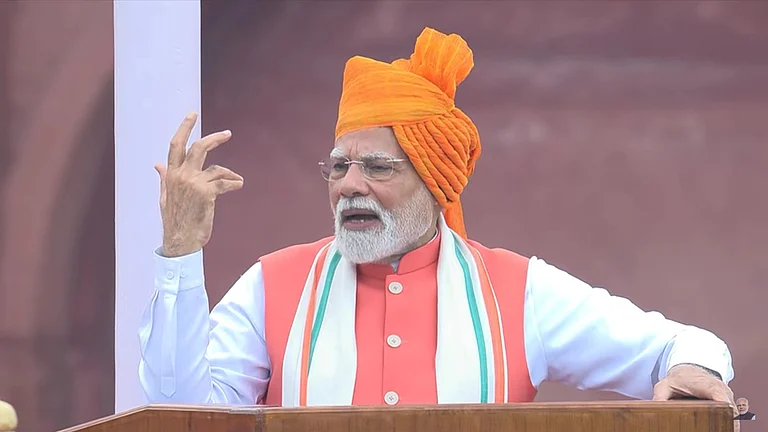US President Donald Trump and Russian President Vladimir Putin are meeting today at Joint Base Elmendorf–Richardson in Anchorage, Alaska, for their first face-to-face talks since Trump returned to office in 2024.
Trump-Putin Alaska Summit: High-Stakes Talks on Ukraine War, Sanctions and Global Fallout
Donald Trump and Vladimir Putin hold first summit since Trump’s 2024 return, aiming to end the Ukraine war. Outcomes could reshape sanctions, energy markets, and India’s trade strategy
Scheduled for 11 a.m. Alaska time (12:30 am Saturday, IST), the summit will begin with a one-on-one session, followed by broader discussions with senior officials and a joint press briefing.
The publicly declared focus is to explore ways to end the Russia–Ukraine war, including ceasefire arrangements, prisoner exchanges, arms-control measures and possible economic or security guarantees. Washington has framed the talks as a bid to broker a ceasefire; Moscow will press for recognition of its territorial gains and relief from Western sanctions.
Putin’s delegation includes Foreign Minister Sergey Lavrov, Defence Minister Andrei Belousov, Finance Minister Anton Siluanov, presidential aide Yuri Ushakov and sovereign fund chief Kirill Dmitriev, signalling Moscow’s intent to cover diplomatic, military and economic issues. Senior US advisers and cabinet officials will also be on hand for expanded discussions.
Meeting’s Backdrop
The meeting comes amid heightened geopolitical tension. Trump has vowed to “end the Ukraine war quickly” and recently imposed a 25% tariff on India for buying Russian oil, part of a broader set of trade penalties targeting countries doing business with Moscow.
For Putin, the summit offers a rare appearance on US soil and an opportunity to push for sanctions relief and formal acceptance of Russian control over parts of Ukraine.
As per an AP report, Negotiations are expected to tackle step-by-step ceasefire proposals, including where and when fighting stops.
However, European allies and Kyiv are uneasy, fearing any agreement that cements territorial concessions without Ukraine’s participation.
Best-case outcomes could see a verifiable ceasefire reducing frontline violence and creating space for later, inclusive peace talks. Risks include a “frozen conflict” scenario or a settlement rewarding Russian territorial control, potentially fracturing Western unity and weakening NATO’s deterrence posture.
Potential Implications on India
For India, the Alaska talks carry significant economic and strategic implications. Since 2022, India has become a major buyer of discounted Russian oil, drawing repeated criticism from Washington.
US tariff measures, including the 25% levy already in place, threaten to escalate if a peace deal fails to curb Moscow’s war effort. Any sanctions relief emerging from the summit could reshape global energy flows and influence India’s import strategy.
India also remains a key defence partner for Russia, relying on it for weapons and spare parts, while deepening military and technology cooperation with the US A shift in US–Russia relations could affect both supply lines and diplomatic manoeuvring.
New Delhi has welcomed the summit as a “prospect for peace,” reiterating Prime Minister Narendra Modi’s stance that “this is not an era of war,” while maintaining strategic autonomy between Washington and Moscow.
If a durable ceasefire emerges that safeguards Ukrainian sovereignty, India stands to benefit from reduced energy price volatility and eased geopolitical risk. Conversely, a settlement that normalises Russian gains could prolong tariff pressure from the West. A breakdown in talks would keep commodity markets volatile and US trade pressure intact.
Key indicators to watch include whether a joint statement is issued, the specificity of ceasefire mechanisms, any pledges on sanctions relief, and US statements linking summit outcomes to third-party trade measures, particularly toward India.

